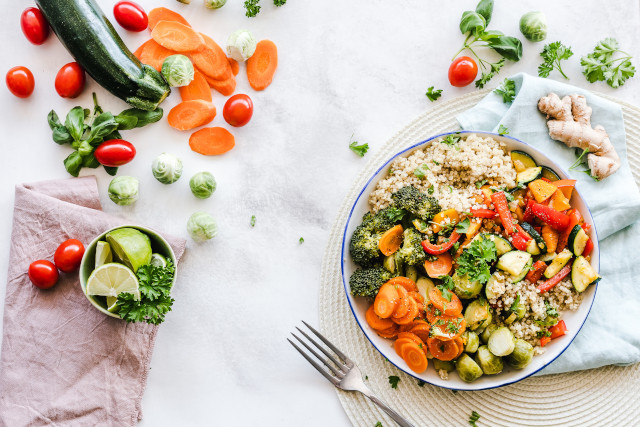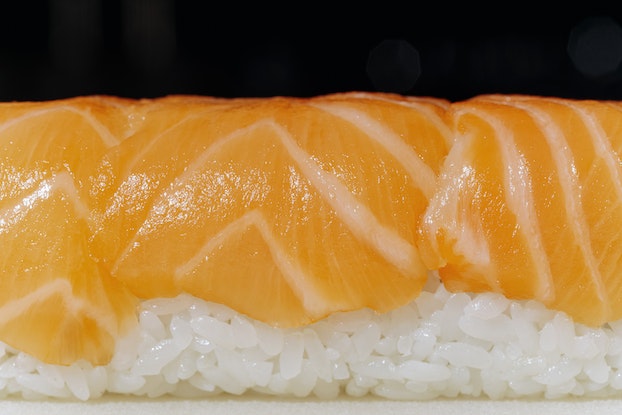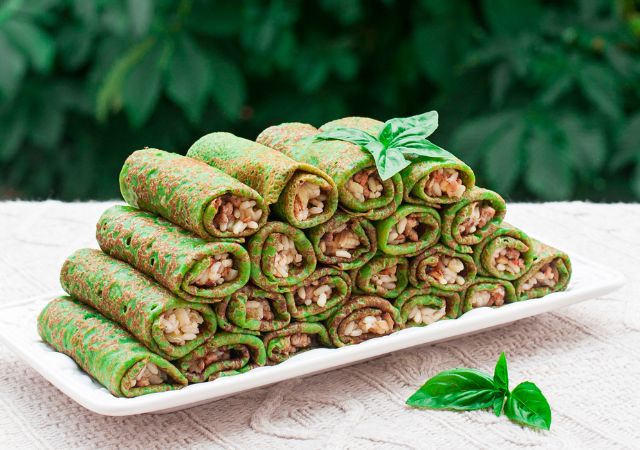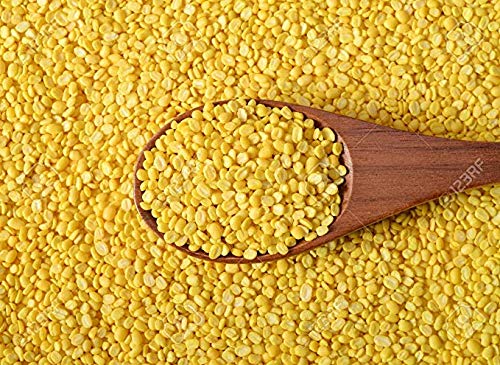
You may have heard that moong dal, or mung beans, are a great part of a diabetic diet. In fact, they are even a great option for those who are just looking to control their blood sugar levels. But what exactly is moong dal? Should you be including it in your diet? And, more importantly, what makes it such a healthy food choice?
Contents
Moong dal is a type of lentil that is very popular in Indian cuisine. It's a superfood packed with protein and nutritional benefits. It is yellow in colour and has a sweet, nutty flavour and is grown throughout India and is used in a variety of different dishes. Moong dal can be found in most grocery stores that sell Asian food.
When cooked, it becomes very soft and mushy, making it a great addition to soups and stews. Moong dal is a good source of protein, fibre, and vitamins, and it is very low in calories. It also contains a type of sugar called mannitol, which has been shown to help lower blood sugar levels.
For many vegans, moong dal is a staple ingredient as it's versatile, it's flavorful, and it's packed with nutrients. Moong dal is also used as an egg replacement for many vegan meals, making it a great option for those on a plant-based diet.
Health Benefits of Moong Dal
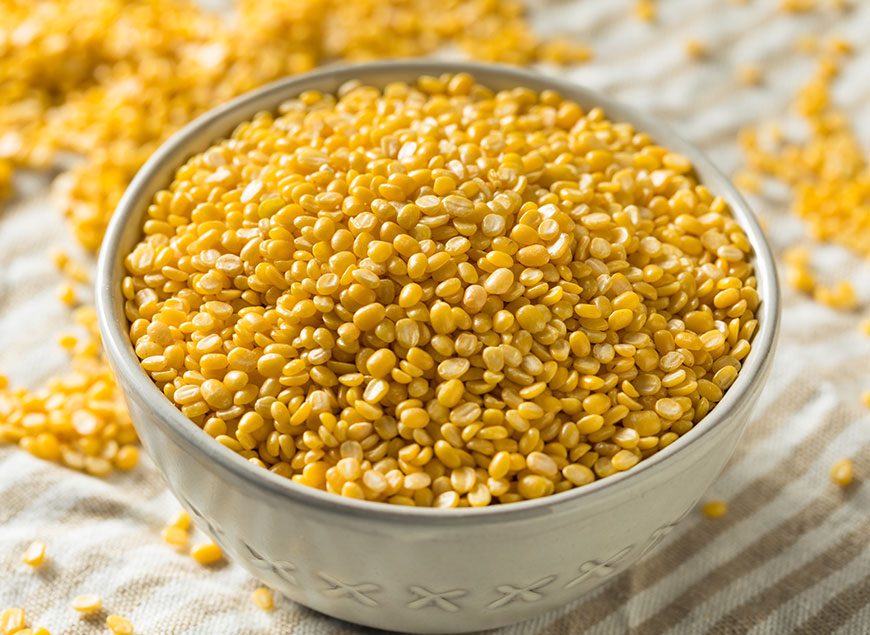
Aids in weight loss. One of the main reasons why moong dal is good for diabetes is that it can help with weight loss. Obesity is a major risk factor for type 2 diabetes, and moong dal can help you lose weight in a healthy way. It is low in calories and high in fibre, which helps to keep you feeling full after eating.
Cholecystokinin hormone activity is improved by eating moong dal too. Cholecystokinin hormone is secreted in response to fatty foods and helps to regulate appetite. In other words, it improves your metabolism rate because it made you feel fuller after a meal, resulting in less weight gain since it prevents you from overeating.
Helps prevent diabetes. Moong dal is a low-GI (low glycemic index) food. Low-GI means that it doesn’t cause a spike in blood sugar levels. This is important because spikes in blood sugar can lead to type 2 diabetes. As a result, it aids in the reduction of insulin, blood glucose, and fatty acids in the body.
Additionally, moong dal contains a type of sugar called mannitol. This sugar has been shown to help lower blood sugar levels. Combined, this helps lower the risk of diabetes by keeping blood sugar levels under control.
Improves digestive health. Moong dal is high in fibre, which is important for digestive health. Fibre helps to regulate the movement of food through your digestive system and helps to keep your bowel movements regular. It’s also great for digestion because it helps break down food.
Additionally, moong dal contains a type of soluble fibre called pectin. This type of fibre has been shown to help lower cholesterol levels. Pectin works by binding to cholesterol and helping to remove it from the body.
Moong dal also helps produce butyrate, which is a short-chain fatty acid that is important for gut health. Butyrate helps to reduce inflammation in the gut, reduces gas, and aids in digestion.
Reduces the risk of heart disease. Moong dal can help to reduce the risk of heart disease. This is because it contains pectin, as mentioned earlier, which helps to lower cholesterol levels. Reducing cholesterol levels is imperative to keeping your heart healthy because high cholesterol can lead to a build-up of plaque in your arteries, which can ultimately lead to a heart attack or stroke.
Pectin also helps to prevent atherosclerosis, which is the hardening and narrowing of the arteries. Atherosclerosis is a major risk factor for heart disease.
In addition to pectin, moong dal also contains a type of soluble fibre called beta-glucan. Beta-glucan has been shown to help reduce cholesterol levels and helps to prevent atherosclerosis.
Boosts blood circulation. Moong dal also helps to boost blood circulation. This is important because good blood circulation is necessary for many different bodily functions. Poor circulation can lead to a variety of problems such as fatigue, cold hands and feet, and even heart disease.
The iron content in moong dal helps to improve blood circulation by carrying oxygen to the cells. Additionally, the magnesium in moong dal also helps to improve blood flow by relaxing the blood vessels.
Fights inflammation. Moong dal is also good anti-inflammatory food. This is important because chronic inflammation can lead to a variety of health problems such as heart disease, arthritis, and even cancer.
The antioxidants present in moong dal help to fight inflammation by neutralizing the free radicals that can damage cells. Additionally, the omega-3 fatty acids present in moong dal also help to reduce inflammation.
Nutrients
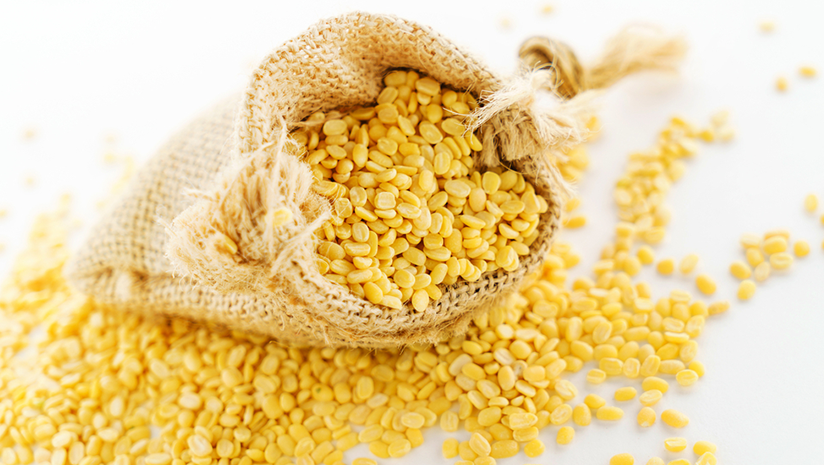
Plenty of nutrients. Moong dal is a great source of protein, fibre, and vitamins. It is low in calories and high in fibre, making it a great food choice for those who are trying to lose weight.
It's a wonderful source of protein for vegetarians because of its high protein content. One cup of moong dal contains about 28 grams of protein, which is more than half of the recommended daily intake for adults.
It's high in Albumin and Globulin, which are two types of proteins that are essential for the body. Albumin, made in the liver, helps the body move important substances throughout it such as vitamins, medicines, and hormones. It also keeps blood from leaking from blood vessels. Globulin, also partially made in the liver, moves nutrients throughout the body and helps fight infection. Albumin and Globulin make up over 85 per cent of the total amino acids found in moong dal.
Moong dal is also a good source of fibre, providing about 7 grams per cup, which is between 40 to 70 per cent of your daily recommended intake. This is important because fibre helps to regulate blood sugar levels and aids in digestion.
Lastly, moong dal contains a variety of vitamins and minerals, including vitamin B6, iron, magnesium, and potassium. Moong dal is rich in B-complex vitamins, which aid in the breakdown of carbohydrates and the production of usable energy for your body. The folic acid in it aids in proper brain function.
Helps during illness. In addition to all its incredible microbiology level benefits, it also has simple, but effective, health benefits. Because moong dal is easy to digest and is packed with nutrients, it's often recommended by doctors as a food to eat when you're sick.
How to Include Moong Dal in Your Diet
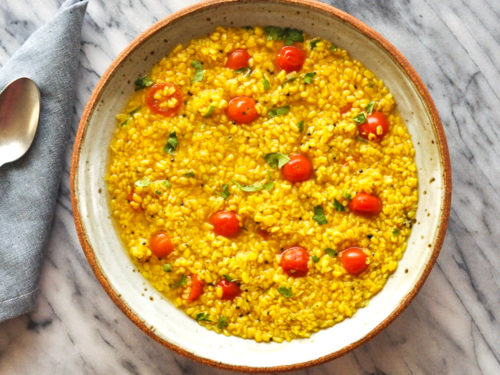
Now that you know all the amazing health benefits of moong dal, you're probably wondering how you can include it in your diet.
One great way to do this is to make a simple moong dal recipe like Khichdi. Khichdi is a traditional Indian dish made with rice and moong dal. It's simple to create and can be easily customized to your liking. A khichdi dish is incredibly healthy with plenty of nutrients and is easy to digest. In fact, because of this, many doctors recommend it when someone is ill or recovering from a sickness.
Khichdi is made with moong dal, rice, onion, tomato, clarified butter (ghee), turmeric, and the optional choice of cumin seeds. You can also add additional herbs and spices like black pepper and ginger depending on the type of dish you want to create. Despite its few ingredients, this recipe is flavorful, making it a great meal for any occasion.
This is just one of the hundreds of recipes using moong dal. You can find many different recipes online or in cookbooks.
Another great way to include moong dal in your diet is to add it to soups or stews. You can also add moong dal to salads or rice dishes. If you're looking for a more creative way to include moong dal in your diet, try adding it to a smoothie or juice.
No matter how you choose to include moong dal in your diet, you're sure to reap the many health benefits it has to offer.
So, is Moong Dal Good for Diabetes?
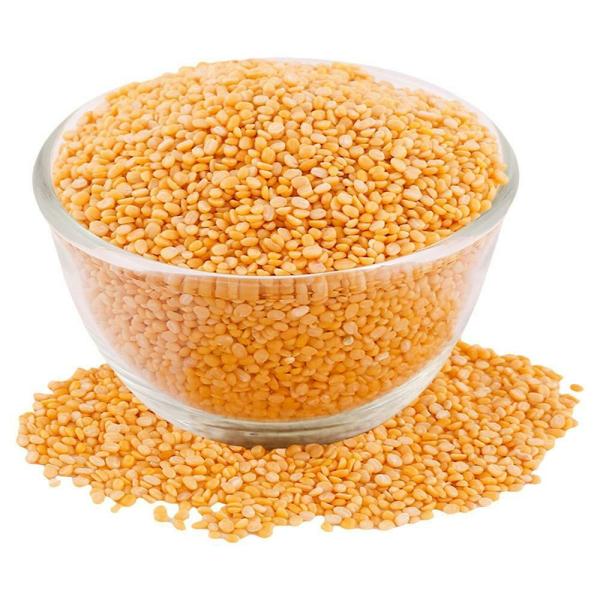
Yes, moong dal is a great food choice for diabetics. It is low in calories and high in nutrients, fibre, and protein. Additionally, moong dal helps to regulate blood sugar levels, aids in digestion, and makes for good anti-inflammatory food. There are many ways to include moong dal in your diet, so be creative and enjoy the many health benefits it has to offer!
If you're looking for a healthy food choice that can help you manage your diabetes, moong dal is a great option.


